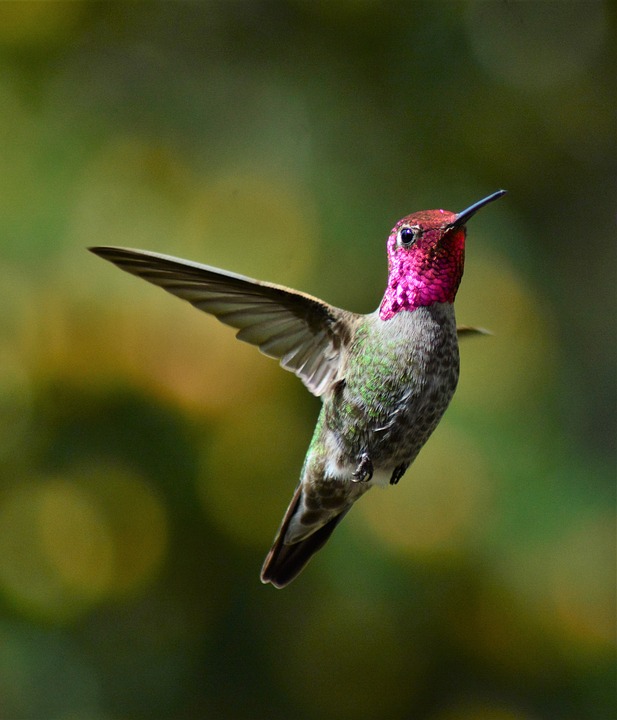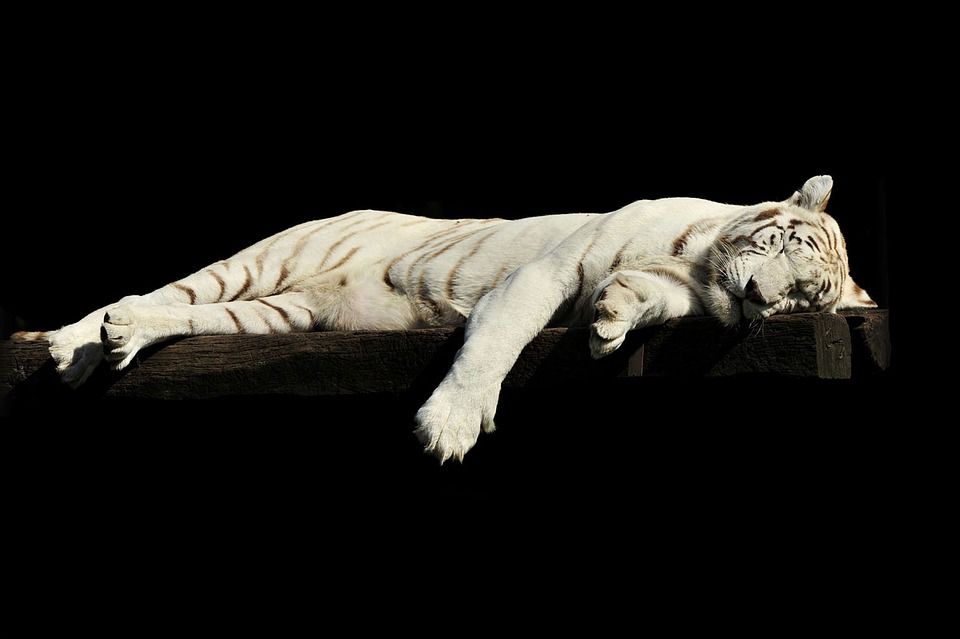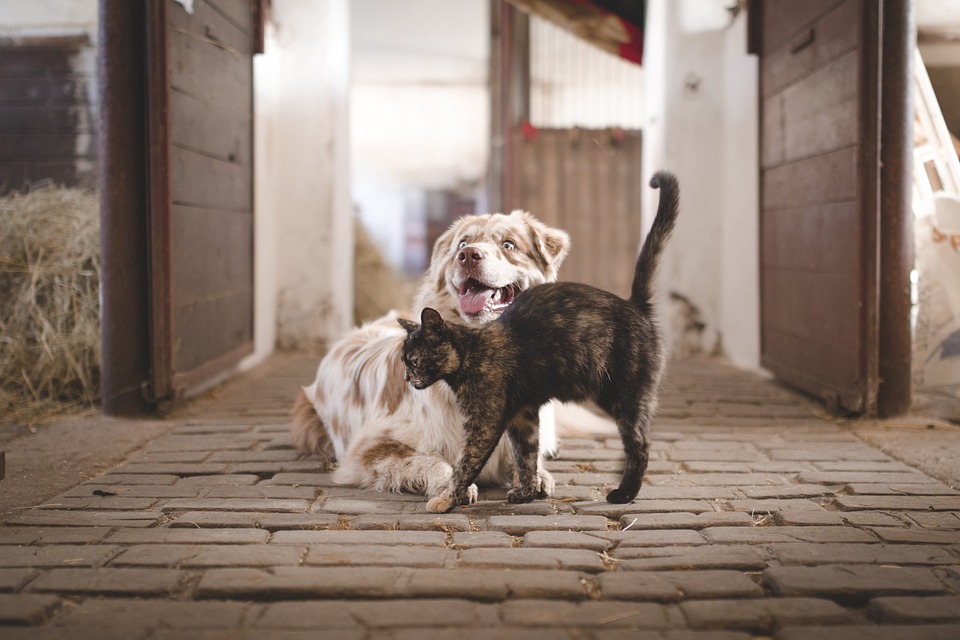The study published in Nature Communications sheds light on the exposure of wildlife species to SARS-CoV-2 and the impact of human activity and urbanization on seropositivity. With the ongoing COVID-19 pandemic and the emergence of new variants, understanding the potential for the virus to infect wildlife is crucial in preventing further transmission and evolution of the virus.
The researchers analyzed 23 wildlife species in Virginia and Washington D.C. for exposure to SARS-CoV-2. They detected the presence of viral RNA in six species, including deer mice, Virginia opossums, raccoons, Eastern cottontail rabbits, groundhogs, and Eastern red bats. This finding expands the known range of wild hosts exposed to the virus and raises concerns about the establishment of a sylvatic cycle.
Moreover, the study found higher seroprevalence in areas with high human activity, indicating a positive association between urbanization and wildlife seropositivity. The detection of SARS-CoV-2 antibodies in five of the six species sampled in 2022 further emphasizes the potential for human-to-animal transmission events. The researchers identified seven new transmission events involving the Omicron variant of the virus, highlighting the dynamic nature of viral spread between humans and wildlife.
Sequences obtained from wildlife samples revealed the presence of Omicron sub-lineages and unique mutations in the spike protein. The E471V mutation was found to enhance viral binding to human ACE2 receptors, while the G798D mutation may impact viral entry by affecting glycosylation and structural stability. These findings underscore the importance of monitoring viral mutations in wildlife and their potential implications for human health.
In conclusion, the study underscores the need for ongoing surveillance and ecological research to understand the role of wildlife communities in the transmission and evolution of SARS-CoV-2. The identification of new wildlife species exposed to the virus highlights the complexity of viral dynamics in natural ecosystems. Moving forward, further investigation into the potential for these species to serve as reservoirs for SARS-CoV-2 is essential for informing public health strategies and mitigating the risk of future zoonotic spillover events.





